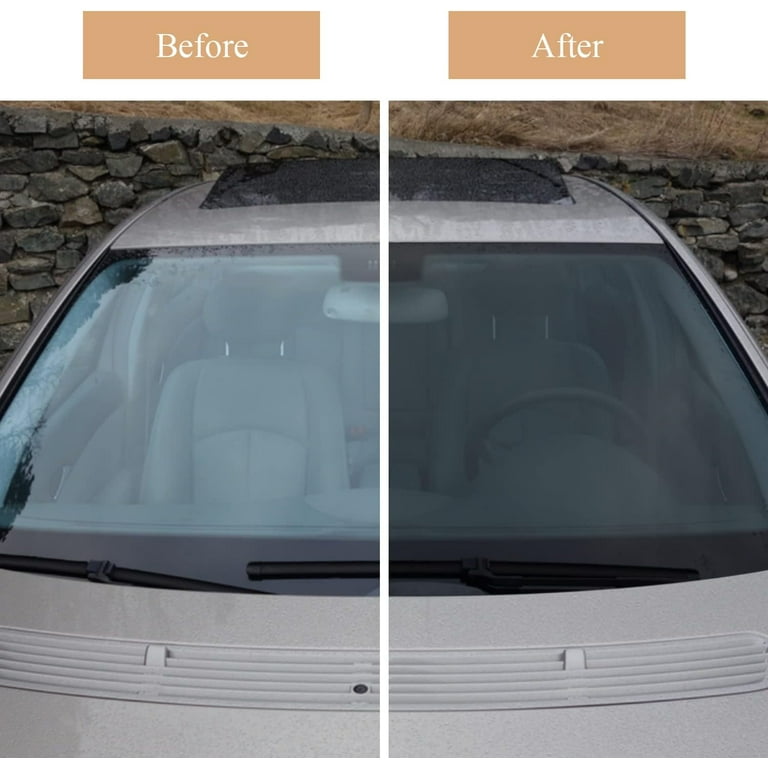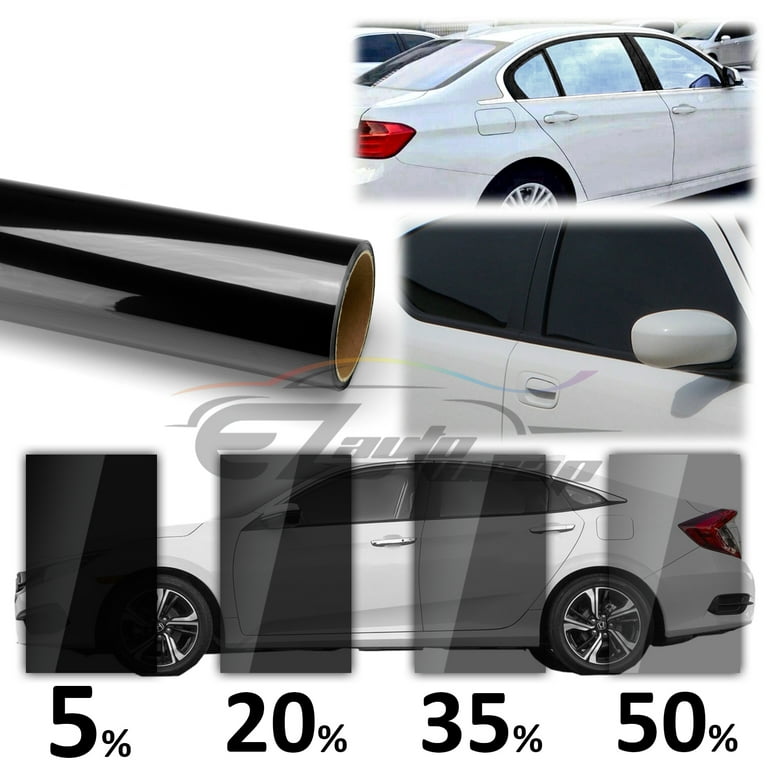Why Auto Window Tinting is a Must-Have for Modern Cars
Why Auto Window Tinting is a Must-Have for Modern Cars
Blog Article
Home Window Tinting Rules and Standards: What You Need to Know Prior To Tinting Your Vehicle
Before proceeding with home window tinting for your vehicle, it is vital to acquaint yourself with the varied laws and standards that govern this method throughout various states. These regulations determine the acceptable levels of color darkness, often determined by noticeable light transmission (VLT) percentages, and include particular specifications for front windshields intended at ensuring road safety.
Summary of Home Window Tinting Laws
Window tinting legislations are often based on variation across different jurisdictions, mirroring neighborhood laws and safety and security factors to consider. These laws dictate the permitted degrees of tint darkness and reflectiveness on car windows, making sure that motorists keep adequate visibility while also securing against dangerous UV rays and warmth.
A lot of laws classify home window tinting based upon the Visible Light Transmission (VLT) portion, which suggests the quantity of light that can travel through the home window. Normally, reduced VLT portions indicate darker tints. Laws often separate between the front, side, and rear windows, with more stringent constraints related to the front windscreen to improve safety for both the driver and other roadway users.
Additionally, some jurisdictions enforce constraints on the reflectivity of the tint, protecting against too much glare that might impair exposure. Exemptions to these laws might exist for people with details medical conditions calling for additional sun defense. Conformity with window tinting policies is crucial, as violations can cause penalties, mandatory elimination of the color, and potential boosts in insurance coverage premiums. It is necessary for car proprietors to familiarize themselves with regional legislations prior to proceeding with window tinting installations.
State-by-State Tint Rules
Recognizing the certain home window tinting guidelines in each state is vital for automobile proprietors seeking to abide by the legislation. Each state in the united state has established its very own set of rules controling home window tinting, which can vary dramatically. These guidelines commonly dictate the permitted degrees of tint darkness, the kinds of windows that can be tinted, and any kind of clinical exceptions that might apply.
For example, states like California have rigid constraints on color darkness for front windows, while others, such as New Mexico, may permit darker tints. In addition, particular states mandate certain visibility percentages for numerous windows, consisting of the windscreen, front side windows, and rear windows. It is critical for car owners to acquaint themselves with their state's legislations to prevent prospective penalties or fines.
Additionally, some states may require a qualification sticker label to be positioned on tinted windows, suggesting conformity with state regulations. Failing to comply with these laws not only takes the chance of legal repercussions however can likewise impact security and exposure while driving. Therefore, car proprietors must perform detailed study or consult regional authorities to make sure complete understanding and conformity with state-by-state color guidelines.
Allowed Color Levels and Types
Several automobile proprietors might be amazed to discover that allowed tint degrees and types vary commonly throughout different states. Each state has developed its very own laws pertaining to the permitted darkness and reflectivity of window color, commonly gauged by Visible Light Transmission (VLT) portions. VLT refers to the amount of light that can go through the tinted windows; thus, a lower percentage indicates a darker tint.

In addition, the kinds of color materials permitted can differ, with some states banning metallic or mirror-like coatings. It is necessary for lorry owners to familiarize themselves with their state's certain laws to make certain compliance. Non-compliance can lead to fines, compulsory removal of the color, or other lawful repercussions, making it important to recognize these policies prior to waging installation.
Medical Exceptions for Tinting
While not all states supply allocations for clinical exemptions pertaining to home window tinting, those that do acknowledge the need for certain people to boost presence and convenience as a result of clinical problems. Numerous clinical conditions, such as lupus, skin cancer cells, and specific eye disorders, can provide people especially conscious sunshine. These people may call for darker tints to safeguard themselves from hazardous UV rays and glare.

It is essential to keep in mind that despite having a medical exception, there may still be constraints on the level of tint permitted. Compliance with state legislations guarantees that people are both protected and within legal limitations. Those taking into consideration medical exemptions must call their local Department of Electric motor Automobiles or equal authority to understand the procedures and demands essential to obtain an exemption successfully.
Charges for Non-Compliance
Falling short to comply with home window tinting legislations can lead to considerable penalties, which vary by state. Police are equipped to release citations for cars that do not abide by More Info the specified tinting policies. These charges commonly consist of penalties, which can vary from small amounts to several hundred bucks, depending on the intensity of the offense and the state in question.
In some jurisdictions, repeated offenses may lead to intensifying fines or additional fines, such as obligatory court appearances. In addition, non-compliance may necessitate the elimination of prohibited tinting, often at the owner's expense. In extreme situations, habitual offenders might encounter suspension of their automobile registration until compliance is attained.
Additionally, insurance implications might arise from receiving numerous citations for home window color offenses. Insurers might check out such violations as an indication of riskier behavior, possibly bring about boosted premiums or difficulty in insurance coverage.
To prevent these charges, it is important for automobile owners to familiarize themselves with their local window tinting regulations and ensure that their automobile complies (Window Tinting). This positive method not just avoids legal ramifications however also advertises road safety and security
Final Thought

The majority of guidelines classify home window tinting based on the Visible Light Transmission (VLT) percent, which shows the amount of light that can pass with the home window. Conformity with window tinting laws is vital, as violations can result in fines, compulsory elimination of the color, and possible increases in insurance coverage premiums.Comprehending the details window tinting guidelines in each state is important for lorry owners seeking to comply with the regulation. These policies usually dictate the allowed degrees of tint darkness, the types of windows that can be pop over to these guys tinted, and any kind of clinical exceptions that might apply.
For circumstances, states like California have rigorous limitations on tint darkness for front windows, while others, such as New Mexico, might permit darker tints.
Report this page